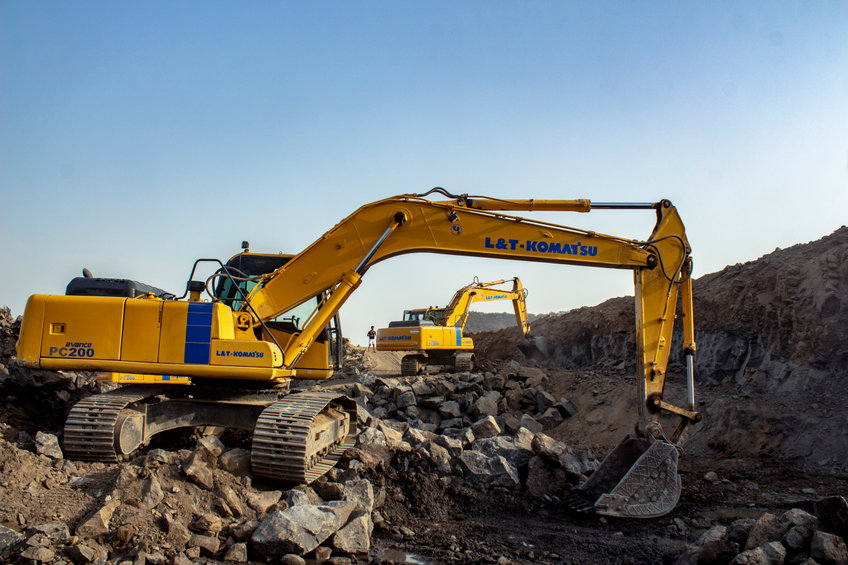
The looming alternative energy materials crisis
By Donn Dears
The Geological Survey of Finland published a 1,000-page report on the extra capacity required for alternative sources, primarily wind, solar and battery-powered vehicles, to completely replace fossil fuels.
It estimated the amount of materials required and concluded that it was impossible to mine enough materials for wind, solar, and BEVs to replace fossil fuels.
The report made the astonishing conclusion that mankind would have to adjust its lifestyle if fossil fuels were to be replaced. It brings to mind other reports, such as from The Club of Rome, and Ehrlich’s book, The Population Bomb.
But, the fact remains it is impossible to mine enough material to supply all the battery-powered cars if all cars, light vehicles, were to be battery-powered.
The book, Clean Energy Crisis, used a simpler and more transparent approach to reach the same conclusion as the Finnish 1,000-page report.
Using the total number of light vehicles, i.e., cars, sold in the United States, Europe, and China in 2019 and knowing the quantity of each material used in a Lithium-ion battery, it was possible to calculate the total amount of each material required for all the vehicles sold each year in the United States, Europe, and China if they were BEVs.
All the cars sold in the United States, Europe, and China accounted for 85% of those sold worldwide. Hence the resulting quantities of materials represented a conservative estimate. In addition, the resulting quantities of materials required for BEVs excluded growth in the number of cars sold.
As a result, the quantities are a minimum of what will be required, and yet it’s clear that it is impossible to mine enough materials for BEVs to replace cars powered by internal combustion engines (ICEs).
While there will probably be enough Copper and Manganese, there will not be enough Lithium, Cobalt, Nickel, or Graphite.
Graphite, as found in the ordinary pencil, is an excellent example of what is required to mine the required materials.
The largest Graphite mine in the world is in Mozambique, producing 104,000 tons of Graphite. While the average graphite mine is much smaller, it’s necessary to build 24 new graphite mines capable of producing the same amount as the largest Graphite mine in the world.
Recognizing it takes ten to twenty years to establish a new mine, once the source has been identified, it’s clear that BEVs can’t replace ICE cars by 2050… if ever.
It should also be noted that the materials required for wind and solar are not included in this analysis and that 80% of the Rare Earths required by wind and solar installations come from China.
After twenty years of development, the materials used in lithium-ion batteries are well known and have been chosen because they provide the best results. However, if there are changes in the materials used, they will also have to be mined and processed. Therefore, there is no assurance that modifying the battery’s chemistry will solve the “materials” problem.
The report by the Geological Survey of Finland is far more detailed than the straightforward, simplified approach used in Clean Energy Crisis, but both reach the same conclusion:
Battery-powered vehicles will not replace those powered by internal combustion engines using fossil fuels.
Author
Donn Dears
Donn is an engineer and retired senior executive of the General Electric Company who spent his career in the power sector. He led organizations that provided engineering services for GE’s large electrical apparatus and spearheaded the establishment of GE subsidiary companies around the world. Donn actively participated in providing engineering services to a wide range of industries, including electric utilities, steel, mining, and transportation.
From cfact.org